Are you experiencing issues with installing or running BFIFO.EXE? This article provides troubleshooting tips to help resolve common errors and installation problems.
What is BFIFO.EXE?
BFIFO.EXE is a program file associated with FTDI’s Vinculum-II (VNC2) USB Host/Slave Controller. It manages the Fifo buffer of the VNC2 chip, which handles the data flow between the host and the device. When BFIFO.EXE encounters an error, it can cause issues with the installation and functionality of the VNC2 chip. Symptoms of a BFIFO.EXE error include configuration problems and driver issues. To troubleshoot this error, users can try running the V2PROG utility, which is available on FTDI’s utilities page. They can also check the log file or document for more details on the cause of the error. To prevent potential malware issues, users should exercise vigilance when downloading and running any application that includes a fifo.exe file and ensure that it is from a trusted location.
Is BFIFO.EXE safe for your computer?
BFIFO.EXE is a program that is included in the FT312D Driver Options. It is generally considered safe for your computer. However, if you are experiencing a FIFO error or other issues with the installation or programming of the driver, it may be necessary to troubleshoot the configuration. Before running the program, ensure that your device contents and configuration are set up correctly, and refer to the documentation and support resources provided by the manufacturer. If you encounter any suspicious behavior or malware alerts related to BFIFO.EXE, exercise vigilance and seek information and support from trusted sources. For more detailed information on installation and troubleshooting, consult the AN_203_Loading_VNC2_ROM_Files_Using_V2PROG_Utility application note or other relevant documents and utilities pages.
Common errors associated with BFIFO.EXE
- Restart Computer
- Update or Reinstall Program
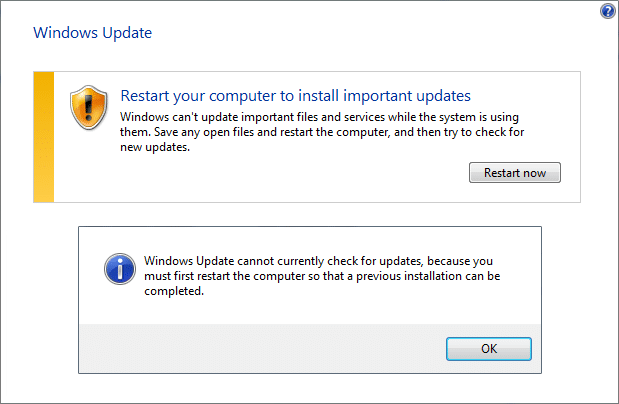
- Run a Virus Scan
- Fix Registry Errors
- Uninstall and Reinstall Drivers
Restart Computer:
- Close all open programs and files
- Click on the Start menu
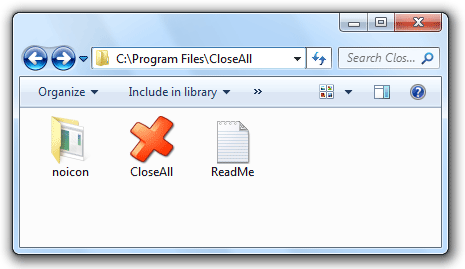
- Select Restart
Update or Reinstall Program:
- Visit the program’s website
- Check for any available updates
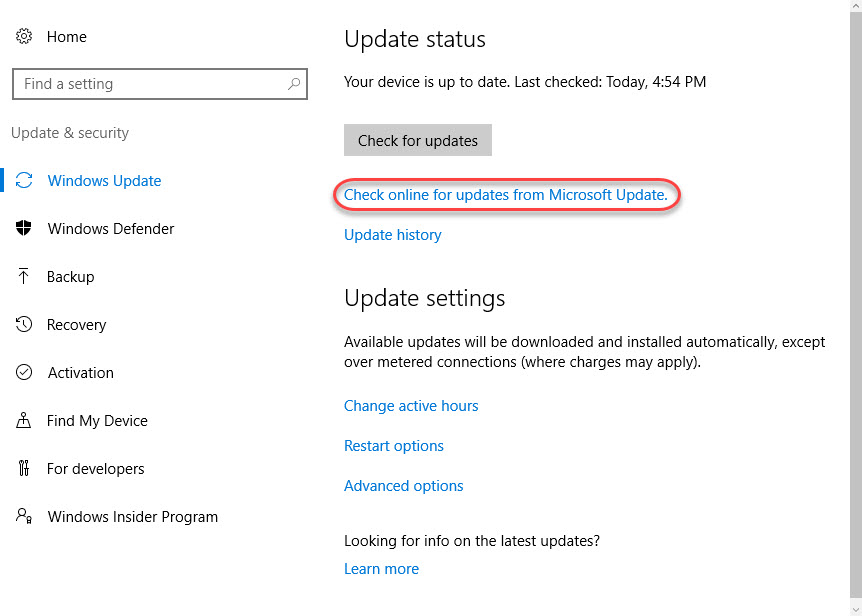
- If no updates are available, uninstall the program
- Download and reinstall the program
Run a Virus Scan:
- Open antivirus software
- Select Full System Scan
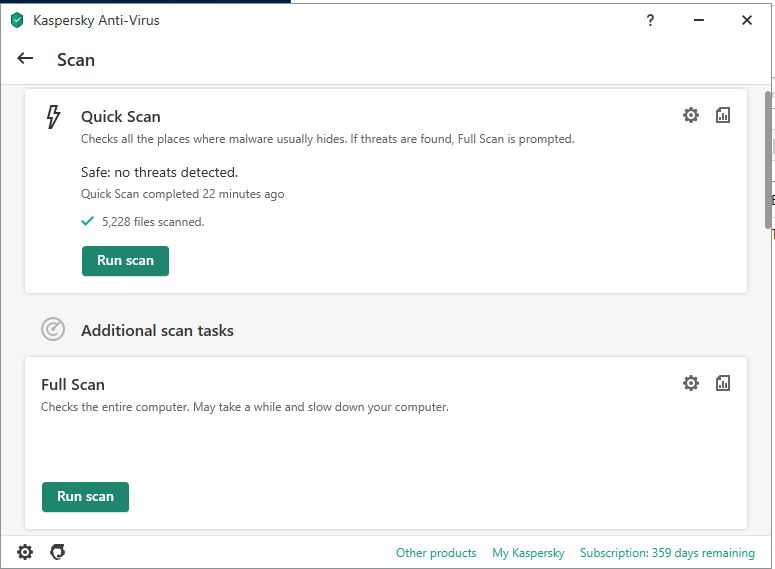
- Wait for scan to complete
- Follow prompts to remove any detected viruses
Fix Registry Errors:
- Open Registry Editor
- Select HKEY_LOCAL_MACHINE
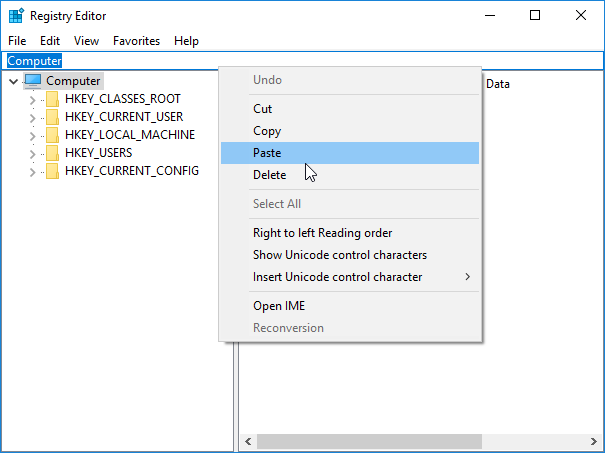
- Select SOFTWARE
- Select the program associated with BFIFO.EXE
- Delete any invalid entries
Uninstall and Reinstall Drivers:
- Open Device Manager
- Locate the device associated with BFIFO.EXE
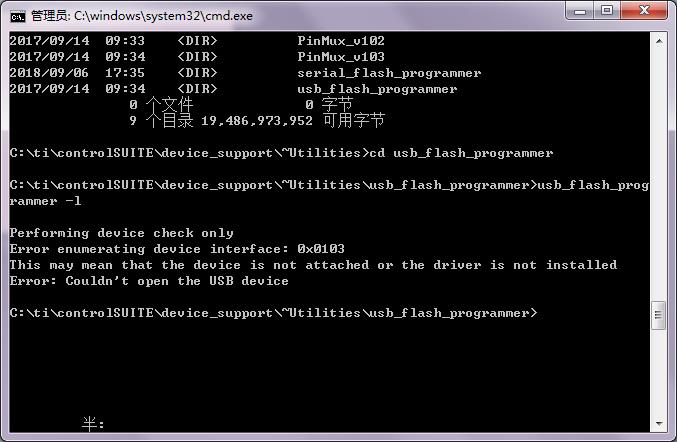
- Right-click and select Uninstall
- Restart computer
- Device Manager will automatically reinstall the drivers
How to repair BFIFO.EXE errors
To repair BFIFO.EXE errors, follow these steps:
1. Use the PI command to verify that your device contents match the expected values.
2. Download and install DriverIdentifier to ensure that all drivers are up to date.
3. Check your input and make sure it’s correct, as incorrect input can cause a fifo error.
4. Use the Ccsbpl utility to set the BPL descriptor number to match your product.
5. Review the AN_203_Loading_VNC2_ROM_Files_Using_V2PROG_Utility document for additional instructions on programming your device.
6. If you’re still experiencing issues, check the log for details on the error and any changes made.
7. Consider contacting Oracle or the product’s engineers for additional assistance.
Remember to take care when troubleshooting and be alert for any alerts or symptoms of a driver issue. These steps should help resolve most BFIFO.EXE errors on your platform.
How to remove BFIFO.EXE from your system
To remove BFIFO.EXE from your system, follow these steps:
1. Press Ctrl+Alt+Delete to open the Task Manager.
2. Click on the Processes tab and locate BFIFO.EXE.
3. Right-click on BFIFO.EXE and select End Task.
4. Go to the Control Panel and click on Programs and Features.
5. Locate BFIFO.EXE in the list of installed programs and click Uninstall.
6. Follow the prompts to complete the uninstallation process.
If the above steps do not work, try using a PI command or a driver removal tool like DriverIdentifier. You can also check if there are any related files like Ccsbpl or V2PROG that need to be removed. It’s important to be careful when removing programs, so be sure to back up any important data beforehand.
If you’re still having issues, seek feedback from engineers or check the manufacturer’s utilities page for any specific instructions or troubleshooting tips. Be aware that removing certain drivers or programs may affect the capabilities of your platform, so proceed with care.
Where is BFIFO.EXE located on your computer?
BFIFO.EXE is a driver file that is responsible for managing the communication between a USB device and your computer. It is typically located in the same directory as the application that requires it.
To locate BFIFO.EXE on your computer, follow these steps:
1. Click the Start button and then type “BFIFO.EXE” in the search bar.
2. If the file is found, right-click on it and select “Open file location.” This will take you to the directory where the file is located.
3. If the file is not found, it may be because it has not been installed on your system. You can try reinstalling the application that requires BFIFO.EXE to see if this resolves the issue.
It’s important to note that the location of BFIFO.EXE may vary depending on the application that uses it. If you’re having trouble locating the file, refer to the application’s documentation or contact the developer for assistance.
Understanding the cause of BFIFO.EXE errors
BFIFO.EXE errors can be caused by a variety of factors, including driver issues, memory problems, and changes to the CPU or operating system. One common cause is the use of outdated or incompatible drivers, which can create conflicts and prevent BFIFO.EXE from running properly. Another potential culprit is memory issues, which can lead to errors and crashes when trying to run the application. To troubleshoot BFIFO.EXE errors, it is important to first identify the root cause of the problem. This may involve checking for updates to drivers or firmware, reviewing system logs for error messages, or running diagnostic tests to identify memory or CPU issues. If all else fails, contacting the application developer or seeking feedback from other users may help to pinpoint the issue and find a solution.
BFIFO.EXE and changes to your system
BFIFO.EXE is a driver file associated with the FT312D USB to UART Bridge Controller. An error message related to this file can indicate a driver issue or installation problem.
To troubleshoot BFIFO.EXE errors, start by checking for the latest driver updates from the manufacturer’s website. Make sure to download and install the correct driver version for your system and device.
If you’re still experiencing issues, ensure that your system meets the minimum requirements for the driver and that your device is connected properly. You can also try uninstalling and reinstalling the driver.
It’s important to note that BFIFO.EXE is just one instance of a FIFO (First In, First Out) descriptor and is not exclusive to the FT312D. Understanding your system’s capabilities and the role of FIFO descriptors can help with troubleshooting similar errors.
If you’re still having trouble, check online forums and application notes for further assistance. And if you receive an alert about BFIFO.EXE while running an Oracle database, make sure to seek info from Oracle’s support team. Remember, the bottom line is to ensure that BFIFO.EXE is properly installed and functioning to prevent any installation or device issues.
How to access full details on BFIFO.EXE with My Oracle Support
To access full details on BFIFO.EXE with My Oracle Support, follow these steps:
1. Log in to My Oracle Support.
2. Click the “Knowledge” tab at the top of the page.
3. In the search bar, type “BFIFO.EXE error and installation troubleshooting.”
4. Click on the article with the same title.
5. Scroll to the bottom of the article and click on the “Attachments” section.
6. Download the “BFIFO.EXE – Application Note” file.
7. Open the file and search for the specific information you need.
If you’re still experiencing issues, you may need to check your Driver Options or BPL instances. Make sure to include any relevant info, such as error codes or the number of Fifo. instances, when seeking further support.
